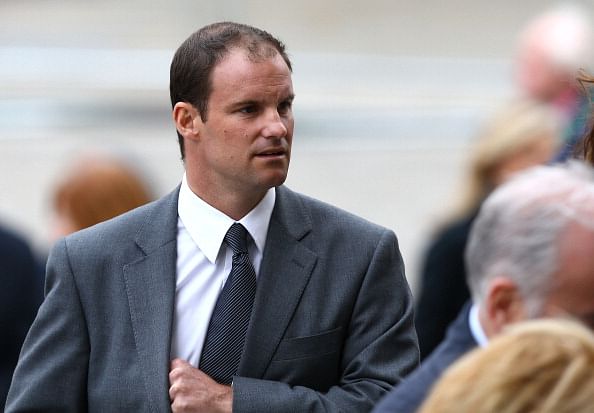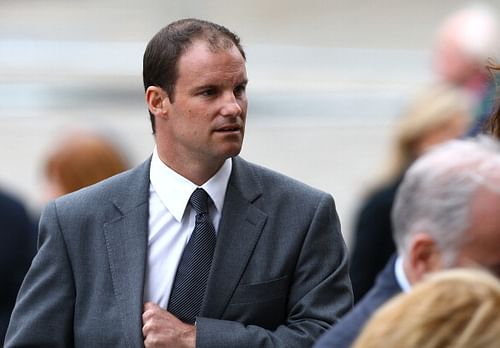
Hot Spot creates confusion, nobody trusts it - Andrew Strauss

Andrew Strauss says Hot Spot is unreliable
More and more players are now coming forward against the use of Hot Spot, the infrared technology used for spotting edges on the bat.
Andrew Strauss has now said that the technology is unreliable and that nobody has faith in it any more.
“Hot Spot just creates confusion,” Strauss told BBC Radio 5 live. “Sometimes it shows up, sometimes it doesn’t, so no one really trusts it.”
After much debate surrounding the use of DRS in Ashes in England earlier this year, the return Ashes down under is not going to feature the Hot Spot technology after Channel Nine, the official broadcasters of the series, decided not to use the technology.
Though this decision is based mostly on financial reasons – the cost of $Aus 10,000 per day and $Aus 250,000 for complete Ashes series was too high to bear for the channel – controversies surrounding the technology are also said to have played their part in exclusion of the Hot Spot.
“Hot Spot is not 100% conclusive,” Strauss said. “If you’re going to use technology, you want to make sure that it’s giving you a definitive answer, one way or the other.”
However, Hot Spot inventor Warren Brennan is of different view and feels that the public and players alike, are focussing more on the few shortcomings than the correct decisions which have come about due to the use of the technology.
“I can see why he (Strauss) says that,” Brennan told BBC Sport. “There were three to six decisions that people felt were wrong and the Snickometer suggested those decisions were wrong.
“People may have lost faith in Hot Spot, but there were more than ten good Hot Spot decisions in the series as well. The umpire gave [them] out and Hot Spot overturned [them]. There is good and bad, but people do tend to suggest things should be 100%. Conversely, they seem to spend more time worrying about things that go wrong than what goes right.”
But with better technology coming up, Brennan is hopeful of the cricketing world regaining the lost faith in DRS. New high-definition cameras and a real-time Snickometer, made by Brennan’s company BBG Sport, which is currently undergoing tests by the ICC, are his hopes for the future.
“The combination of those two products will improve faint-edge detection. We’re not going to give up – we want to continue to improve,” said Brennan.